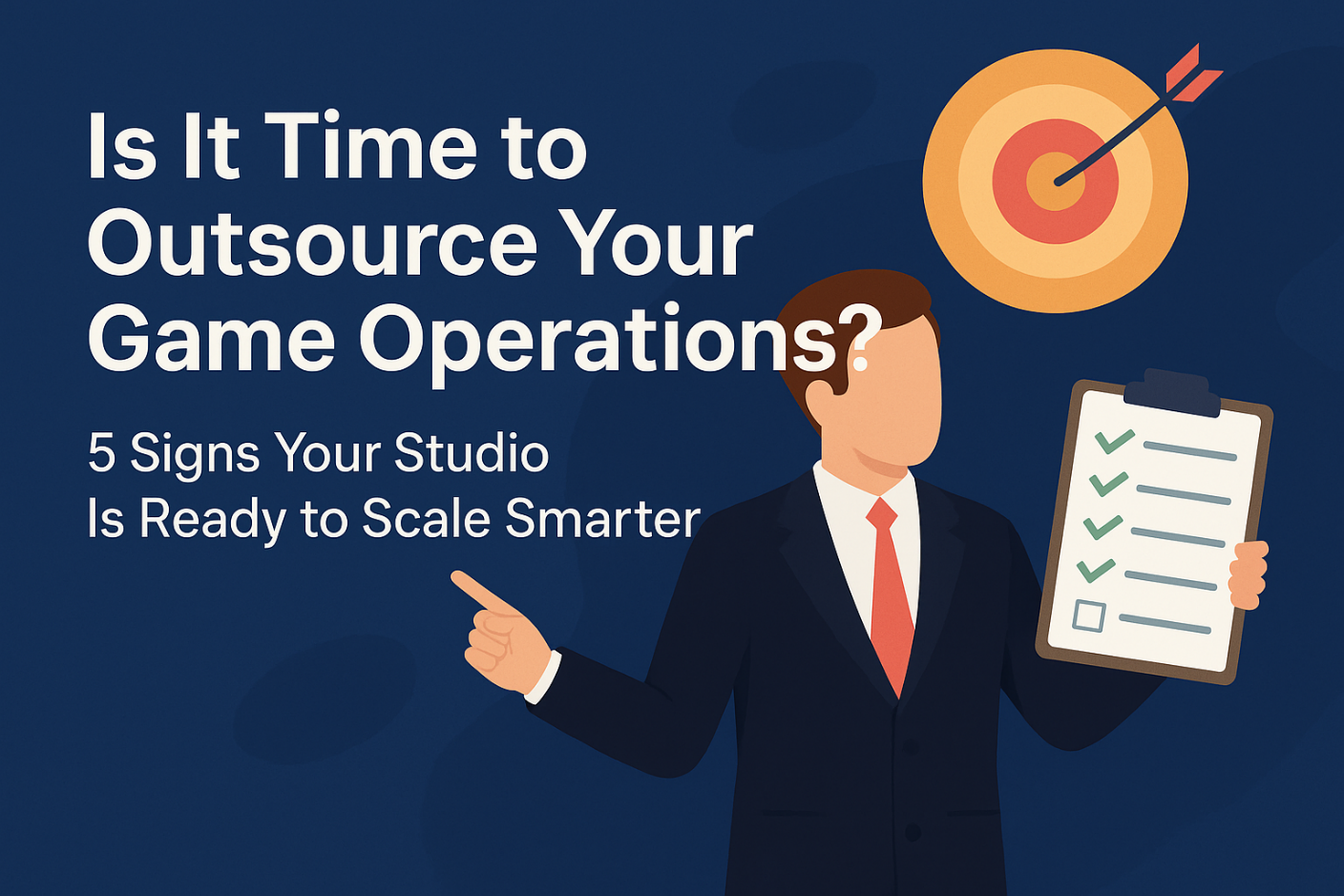Scaling Live Services For Success: Lessons from High-CCU Game Launches

Game launches are make-or-break moments. When tens or even hundreds of thousands of players flood your servers, there’s no margin for error. A successful launch requires more than a great game—it demands operational excellence. At Zumidian, we’ve supported some of the most demanding high-concurrency (high-CCU) launches in the industry. This article shares critical lessons to help publishers deliver seamless player experiences, retain engagement, and maximize early revenue.
🎮 The Stakes Are High
A major launch is both an opportunity and a risk. High player demand is a win—but only if your infrastructure can handle it. When live services fail under pressure:
- Players face login and matchmaking errors
- App store ratings and reviews plummet
- In-game purchases are disrupted
- Player churn accelerates before long-term retention can begin
40% of players who encounter issues at launch don’t return. First impressions shape your game’s future.
📈 Lesson 1: Design for Peak, Not Average
Too many studios plan for average loads when they should be preparing for peaks. Peak CCU is what defines success—or causes failure.
Best Practices:
- Conduct rigorous load testing for worst-case traffic scenarios
- Use auto-scaling cloud infrastructure to absorb unexpected spikes
- Ensure horizontal scalability across databases and APIs
Case Insight:
In a recent AAA launch, player numbers exceeded forecasts by 40%. Thanks to pre-launch scaling, the infrastructure held steady—preserving revenue and reputation on day one.
🚨 Lesson 2: Be Ready to Respond—Fast
Even the best architecture can’t prevent every issue. What matters is how quickly you detect and resolve problems.
Key Actions:
- Ensure 24/7 incident response during the launch window
- Use clear, validated Runbooks for predictable failure modes
- Reduce Mean Time to Resolution (MTTR) by eliminating bottlenecks in escalation
At Zumidian, we help studios keep MTTR under 10 minutes—turning potential outages into blips, not disasters.
📊 Lesson 3: Real-Time Visibility Is Non-Negotiable
You can’t fix what you can’t see. Real-time observability empowers teams to make smart decisions under pressure.
Monitor in Real Time:
- API error rates
- Matchmaking queue times
- Backend latency
- Database load and query errors
- Login failure and player drop-off rates
Bonus Tip: Create role-specific dashboards for developers, production leads, and executives to ensure every stakeholder has relevant data at a glance.
🌍 Lesson 4: Think Global from the Start
If your game is launching worldwide, your infrastructure must be globally aware and regionally optimized.
Global Best Practices:
- Use CDNs and edge computing to reduce latency
- Strategically deploy game servers near major player regions
- Consider rolling regional launches to manage load and ensure quality
🎯 Conclusion: Operational Readiness Drives Launch Success
High-CCU launches don’t succeed by luck. They succeed because of:
✅ Scalable architecture
✅ Real-time observability
✅ Lightning-fast incident response
✅ Strategic global infrastructure
Whether you’re preparing for your first open beta or your next major expansion, Zumidian helps you launch with confidence. From real-time dashboards to 24/7 ops support, we provide the operational backbone for the industry’s most ambitious games.
🚀 Launching a game soon?
Let’s talk.
Contact us to learn how Zumidian’s launch readiness programs and live ops solutions can help you deliver flawless player experiences when it matters most.


